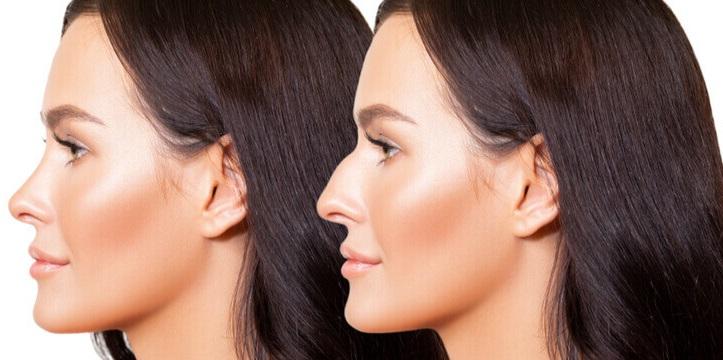Rhinoplasty / Nose reshaping
Best Rhinoplasty Surgeon in Bangalore
Rhinoplasty is surgery to change the look (cosmetic surgery) or improve the function (reconstructive surgery) of your nose. This surgery can also be done to correct birth defects and injuries. Whether you’re seeking aesthetic refinement or correcting breathing issues, Dr Rajendra Gujjalanavar, the best rhinoplasty surgeon in Bangalore helps you in achieving safe and satisfactory results.
In people who are unhappy with the shape or size of their nose, rhinoplasty can helps to improve their appearance and self-esteem. It is also known as nose Job and creates a functional and aesthetic nose which is customized according to the individual.

Who are the candidates?
- Prominent hump over nose
- Wide nose tip
- Breathing issues
- Long nose/Short nose
- Age > 16 years
- Realistic expectations
What are the types Rhinoplasty?
What happens during the procedure?
Incisions is made inside the nostrils or on the skin between the nostrils. The surgeon will then reshape the cartilage, bone and the tissue that helps to form your nose.
A piece of your cartilage or bone may be used to strengthen or improve the build of your nose, or to improve breathing or help your nose look better. The surgeon may also use cartilage from the wall that divides the nostrils inside your nose (septum) Or cartilage may be taken from your ear or rib.
Implants (synthetic) may also be used to rebuild your nose if the normal structure is very damaged or weak. This is rare.
May reshape the septum or remove a part of the cartilage or bone of the septum. This is called septoplasty. This helps to improve nasal breathing. The cartilage that’s removed could also be used to make your nose and its framework look better.
To finish the surgery, the surgeon will close incisions with stitches (sutures) which will dissolve safely into your body. These will not need to be removed.
May place a nasal splint in your nostrils. An aluminum splint could also be put over your nose to guard it.
What are the risks?
- Swelling and bruising.
- Bleeding.
- Blocked nasal breathing (airway obstruction)
- Numbness
- Infection
What to expect after a rhinoplasty?
Final Result
Are the results of rhinoplasty are permanent?
Related



